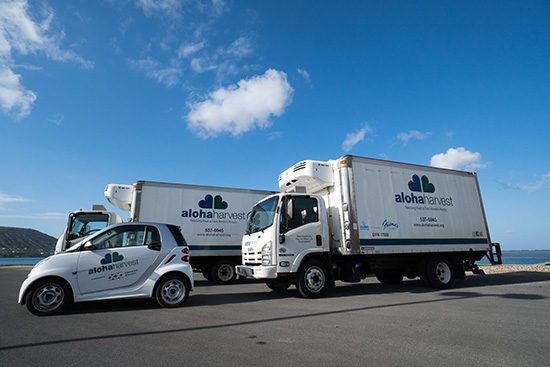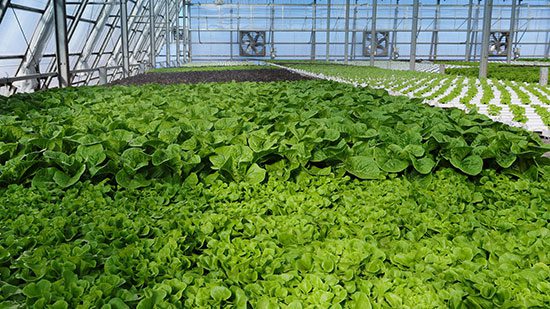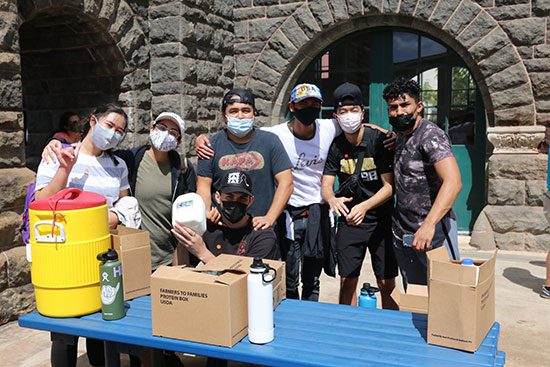
On Jan. 11, the state Department of Land and Natural Resources (DLNR) hosted its fourth public informational meeting regarding the latest draft of the Kawainui-Hamakua Master Plan Project. The meeting drew Native Hawaiian groups supporting the plan as well as longtime Kailua residents who oppose it.
Kawainui Marsh is located near Kailua and is owned by the state of Hawai‘i and the City and County of Honolulu. At over 800 acres, it is the largest wetland in the Hawaiian Islands.
The plan was drafted by DLNR to outline future improvements to the area, which would include a Hawaiian cultural learning center, viewing ports, parking lots and other necessary infrastructure in and around the marsh.
According to HHF Planners, a private Honolulu-based planning firm also working on the plan, the components of the master plan address the need for natural resource restoration and habitat enhancement, support of cultural practices and stewardship opportunities, improvement of public access to outdoor recreation educational opportunities and resource management.
Ron Sato of HHF Planners moderated the meeting.
“There has been a lot of misinformation floating around about the plan,” he said, directly addressing a video on YouTube created by former local broadcast journalist Dick Allgire for the environmental advocacy group Hawai‘i’s Thousand Friends. The video, which is titled “OH NO! You Want to Develop This Hawaii Treasure?” insinuates that the master plan would result in Kawainui being covered in parking lots and inundated by tour buses.
“I want to make it clear, this will not be the fate of Kawainui,” Sato said.
Some leaders within the Native Hawaiian community like Kihei deSilva and Chuck “Doc” Burrows agreed, giving testimony in full support of the plan and its intention to help preserve Hawaiian culture and practices.
“We will oppose you forever,” deSilva said, directly addressing Kailua residents who are against the plan. “It is absolutely important to us that our granddaughter and great-great-granddaughters have a place to learn about who they are, have a place to practice who they are.”
Among the concerns some Kailua residents raised are managing homeless at the marsh, maintaining bathrooms proposed in the plan, dealing with an increase in traffic and tourism, and being unsettled by the notion that people and organizations in charge of the marsh would have too much control.
Students from WCC’s CM/JOUR 220: Intermediate Digital Video Journalism course were also present, recording the meeting for their short documentary film project about the conflict over Kawainui Marsh. They plan to complete the film this semester.
“Some individuals felt concern over the notion that the people and organizations in charge of the marsh will have control of who enters the marsh,” said Kyle Motonaga, who is serving as a cinematographer and editor on the film. “But it was clear that everyone wants to restore the marsh and keep it healthy.”
For more information about the Kawainui-Hamakua Master Plan, go to www.hhf.com/kawainui/index.html.
To get involved with WCC’s creative media or video journalism program and to learn more about the Kawainui documentary film project, contact journalism instructor Kimberlee Bassford at kbassfor@hawaii.edu.
by Eliana Christianson, Ka ‘Ohana Editor in Chief





